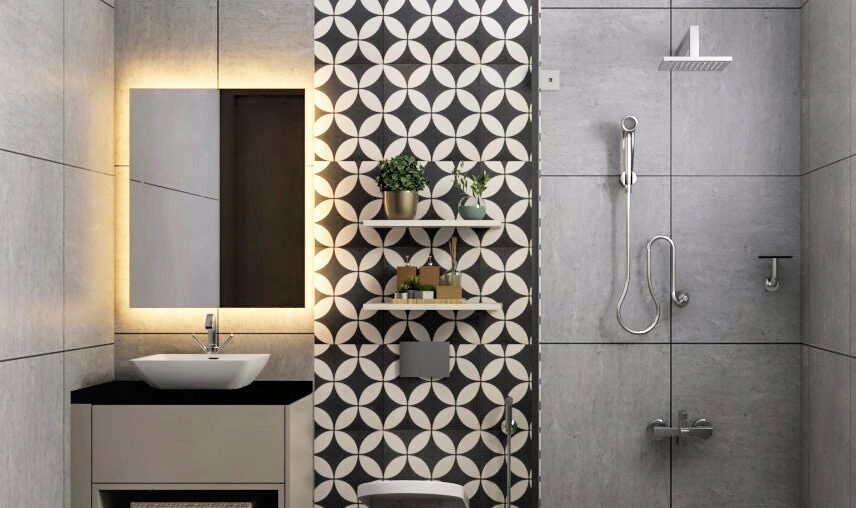Subway tiles have long been a staple in interior design, known for their timeless appeal and versatile application. Originally used in the early 1900s in the New York City subway system, these rectangular tiles have transcended their utilitarian roots to become a favorite in homes and commercial spaces alike. While their simple shape and layout are iconic, what truly elevates subway tiles today is texture. Let’s dive into how textured subway tiles can transform a space and add a whole new dimension to interior design.
What Is Subway Tile Texture?
Texture in subway tiles refers to the surface feel and visual depth of the tile. While traditional subway tiles are flat and glossy, modern interpretations offer a wide range of textures—matte finishes, handcrafted surfaces, beveled edges, crackle glaze, or even 3D effects. These textures add visual interest and tactile appeal, making them perfect for statement walls, kitchen backsplashes, bathrooms, and beyond.
Types of Subway Tile Textures
1. Glossy and Smooth
The classic look. Glossy subway tiles reflect light and give a clean, polished appearance. They’re ideal for small spaces as they enhance brightness and make the area feel more open.
2. Matte Finish
Matte subway tiles offer a more subdued, modern look. They create a soft, elegant vibe and are often used in contemporary or minimalist designs. Their non-reflective surface is great for areas where glare might be an issue.
3. Beveled Edge
These tiles have sloped edges that create depth and shadow lines, offering a three-dimensional effect. Beveled subway tiles add sophistication and are popular in kitchens and bathrooms.
4. Handmade and Irregular
Textured subway tiles that mimic handcrafted finishes have subtle surface variations and irregular edges. These imperfections give character and warmth, making each tile feel unique—perfect for rustic or bohemian interiors.
5. Crackle Glaze
Crackle-finished subway tiles have a delicate network of surface cracks in the glaze, giving them an antique or vintage appearance. They’re a favorite in farmhouse-style spaces or areas where a bit of old-world charm is desired.
6. 3D or Raised Patterns
For a bold statement, some subway tiles come with embossed patterns or raised geometric shapes. These tiles create shadows and movement on the wall, becoming a focal point in any room.
Where to Use Textured Subway Tiles
- Kitchen Backsplashes: Add depth and personality behind your countertops with a crackle or beveled subway tile.
- Bathroom Walls: Matte or handmade textures offer a spa-like, calming feel.
- Accent Walls: Create a visual centerpiece in a hallway, living room, or bedroom.
- Commercial Spaces: Textured subway tiles work great in cafes, bars, and boutique stores, bringing in character without overwhelming the space.
Why Choose Textured Subway Tiles?
- Enhanced Aesthetic Appeal: Texture adds richness and complexity to what might otherwise be a plain tile.
- Tactile Experience: In spaces where people may come into contact with the tile, texture can create a more engaging environment.
- Versatile Styling: From modern to vintage, rustic to industrial—textured subway tiles can fit any design theme.
- Light Play: Certain textures interact beautifully with light, adding natural shadows and reflections that shift throughout the day.
Final Thoughts
Subway tiles have evolved far beyond their original form, and texture is one of the key elements driving this evolution. Whether you prefer the clean simplicity of a matte finish or the handcrafted charm of irregular surfaces, textured subway tiles offer a versatile and stylish option for any space. They bring a sense of artistry and individuality while still maintaining the timeless subway tile silhouette.



